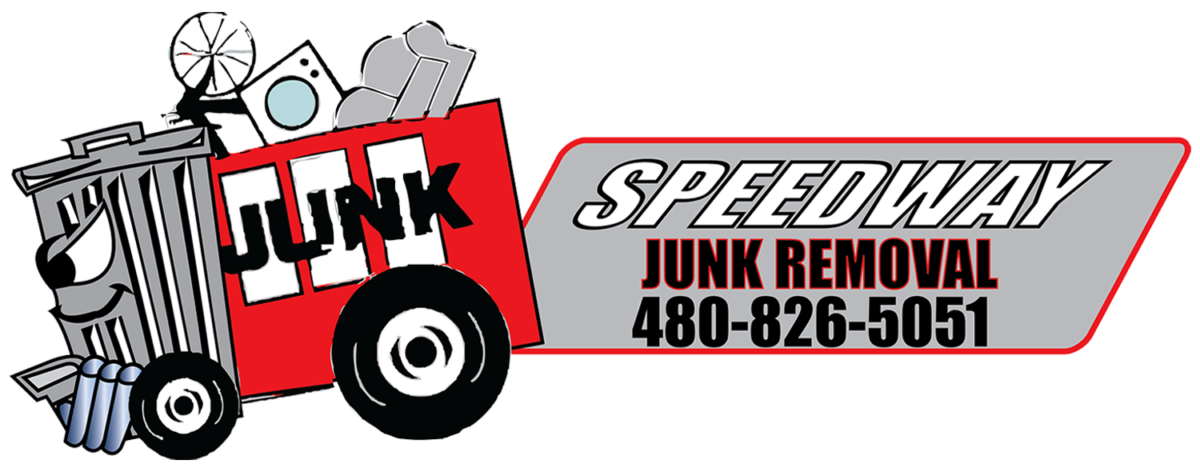Old mattress disposal is a major environmental issue that has remained largely overlooked. The average mattress contains a variety of natural and synthetic materials, including foam, cotton, polyester, and other synthetic materials such as polyurethane. When these materials are disposed of, they can release potentially hazardous substances into the environment. In addition, old mattresses can take up valuable space in our landfills and contribute to the global waste stream.
At Speedway Junk Removal, we understand the importance of mattress recycling. We are committed to finding innovative ways to promote eco-friendly waste management practices. In this blog post, we’ll discuss what mattress recycling is, the benefits it can provide, the process of mattress recycling, and the materials used in the process.
What are the impacts of old mattress disposal?
The most obvious impact of old mattress disposal is the strain it places on landfills. As the mattress decomposes, it releases potentially hazardous substances into the environment, such as volatile organic compounds, heavy metals, and other toxins. This can lead to water and air pollution, as well as the potential contamination of soil and water sources.
In addition to the environmental impacts, old mattress disposal also has a significant financial cost. The cost of disposing of mattresses can be substantial, depending on the locality. In some cases, the cost of hauling away an old mattress can be as high as $100.
What are the benefits of mattress recycling?
Mattress recycling can provide a number of important benefits, both to the environment and to the economy. By recycling mattresses, we can prevent them from ending up in landfills, which reduces the overall amount of waste in our environment. By reusing the materials contained in the mattress, we can help reduce the demand for new materials, which can help conserve natural resources.
The process of mattress recycling
At Speedway Junk Removal, we use specialized equipment to break down mattresses into their individual components. We then sort the components into several different categories, such as foam, cotton, polyester, and other synthetic materials. We then use the components to manufacture new products, such as insulation, carpet padding, and upholstery stuffing.
What materials are used in mattress recycling?
The materials used in mattress recycling vary depending on the type of mattress being recycled. Most mattresses are made up of a combination of foam, cotton, polyester, and other synthetic materials. Other materials such as steel or wood may also be used, depending on the type of mattress.
Challenges of mattress recycling
While mattress recycling can provide numerous environmental and financial benefits, it also presents some challenges. One of the biggest challenges is the cost associated with the process. As mentioned earlier, the cost of hauling away an old mattress can be as high as $100, depending on the locality. In addition, the process of breaking down the mattress and sorting its components can be labor-intensive and time-consuming.
Conclusion
At Speedway Junk Removal, we are committed to finding innovative ways to promote eco-friendly waste management practices. Mattress recycling is an important part of this effort, as it can help reduce the amount of waste in our environment and help conserve natural resources. In addition, mattress recycling can provide a number of financial benefits, as it can reduce the cost of hauling away an old mattress. Despite the challenges associated with mattress recycling, the environmental and financial benefits make it a worthy endeavor.
